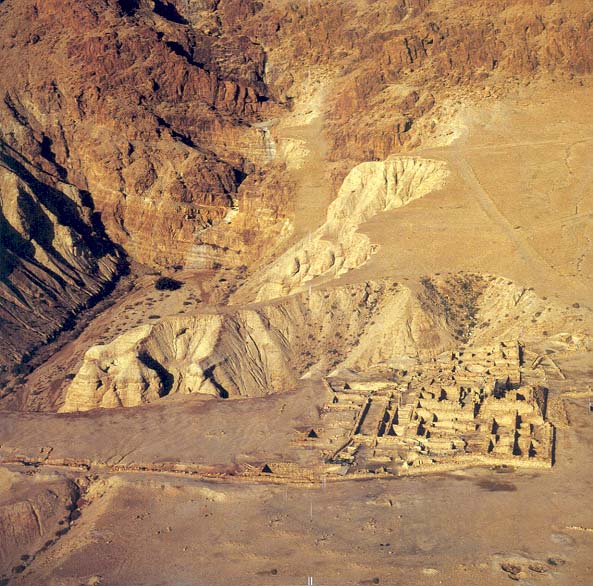
It’s a game everyone can play. You don’t have to be a scholar to decide which arguments are the most convincing. And it’s one of the more tantalizing questions concerning the Dead Sea Scrolls: What was the nature of Qumran, the settlement adjacent to the caves where the scrolls were found? And a related question: What was the connection, if any, between the scrolls and the site?
The authors of the following two articles, Jodi Magness and Edward Cook, play this game particularly well. They note that although the scrolls provide glimpses into the life of the sect whose beliefs and rules are reflected in them, they do not refer directly to Qumran.
Roland de Vaux, the excavator of the site between 1951 and 1956, concluded that Qumran had been the monastery-like home of an isolated Jewish religious community, the Essenes, who deposited the scrolls in the nearby caves. It is somewhat difficult to review de Vaux’s conclusions, however, because he died in 1971 without producing a final excavation report.
Already a library member? Log in here.
Institution user? Log in with your IP address.

